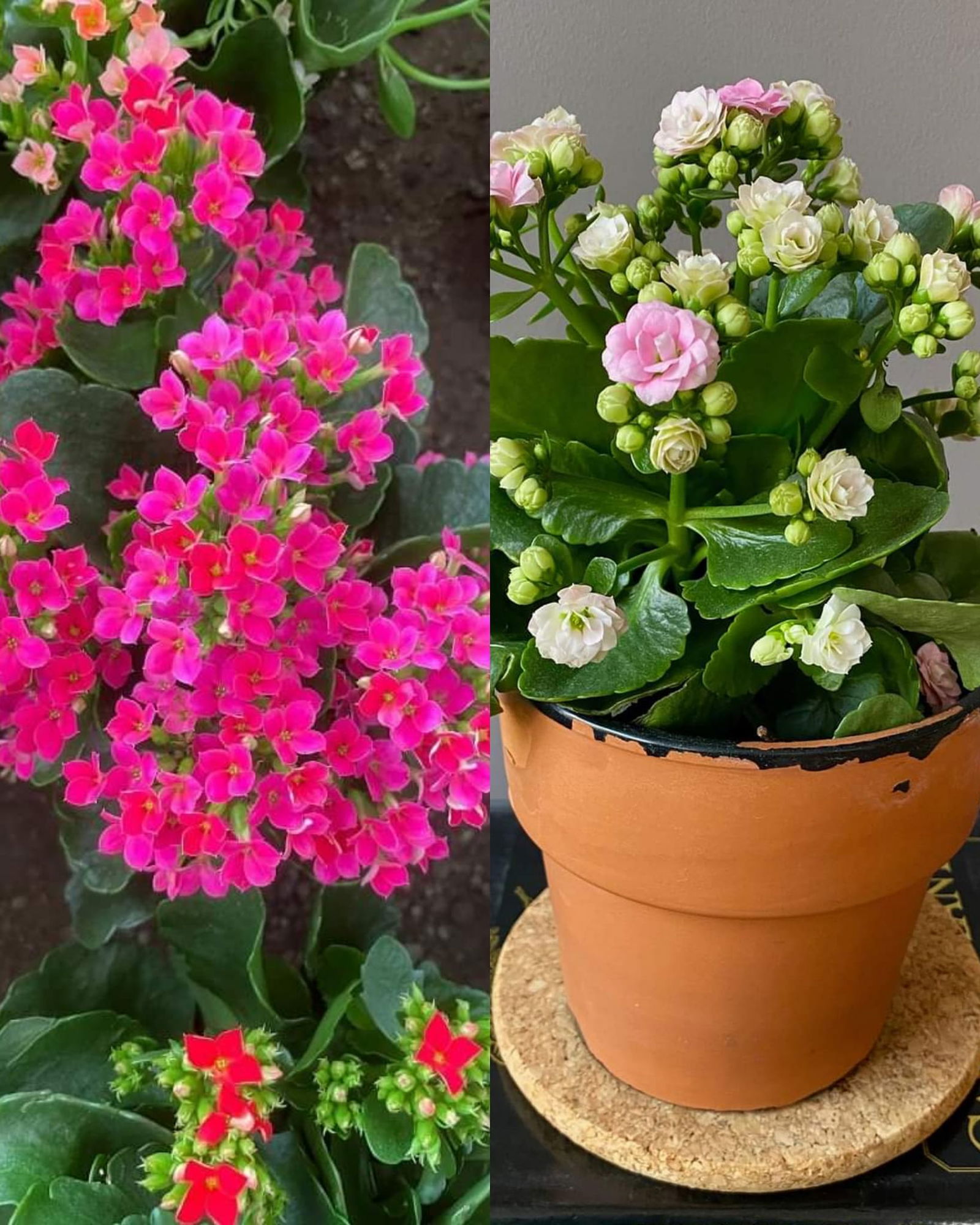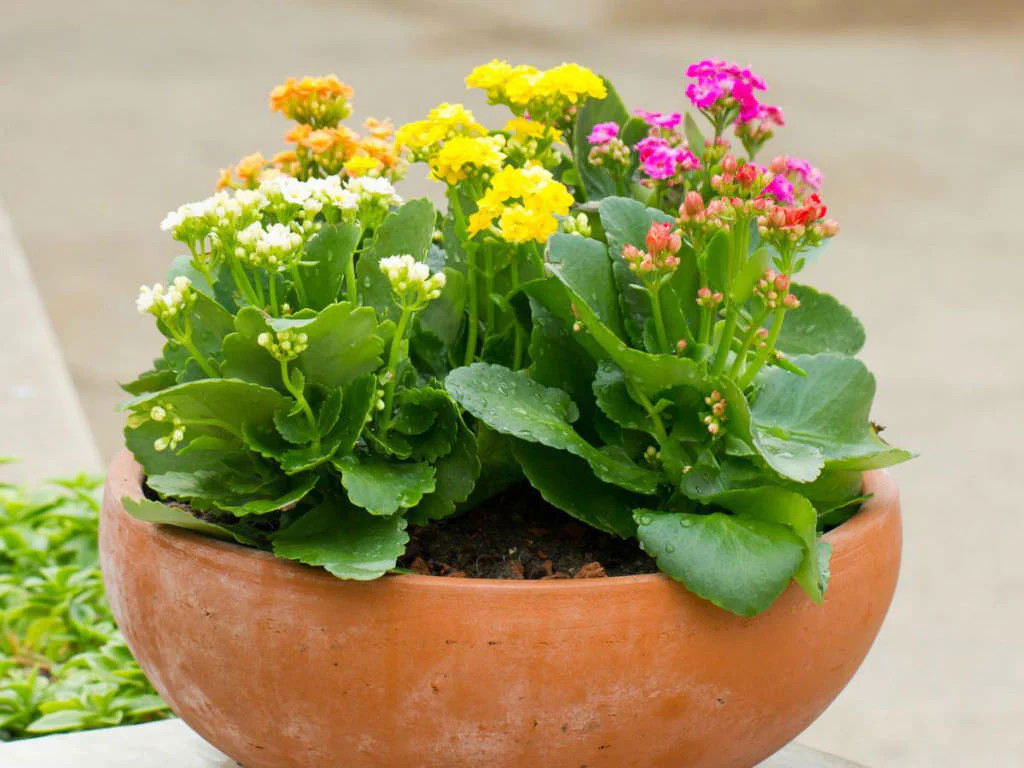
There’s no denying that leafy plants add a calming and homey feel to your decor. However, sometimes we want to mix it with a cheerful floral scent. Unfortunately, coaxing plants to bloom indoors in dimly lit, dry air often requires a more advanced green thumb than many of us.
So let us introduce you to Kalanchoe, a succulent with bright, long-lasting flowers that are easy to care for and enjoy. It is a hardy succulent growing to about 30 cm tall, with beautiful dark green serrated leaves and clusters of bright pink, yellow, orange, red or white star-shaped flowers. You can usually find it in garden centers, so it shouldn’t be difficult to get one.
Important Kalanchoe Care
Kalanchoe is a survivor, so keeping them alive shouldn’t be too much trouble, but there are a few important things you need to know in order to keep your plants healthy. Follow these tips and it will bloom every winter and spring for many seasons to come!
Planting
For best results, plant your Kalanchoe in pots with drainage holes (this can be plastic wrap in decorative ceramic pots). Choose a potting soil designed for houseplants that includes 50-60% peat moss and about 40% perlite.
Sun

Too much sunlight can damage kalanchoes, so be careful when choosing where to place your pots. Direct light from south-facing windows can burn leaf tips, so choose a dappled shade with some sun. Direct sunlight should not exceed two hours per day.
Water
Water thoroughly once a week. Dip your finger two inches into the soil to test for moisture; the soil should be completely dry before watering again.
Pinching Back
Prevent kalanchoe from becoming “leggy” by pinching off tall shoots and spent flower stems. This encourages new growth and flowerswhile keeping the plant looking compact and healthy.
Forcing Blooms
Kalanchoe blooms naturally during winters and early spring when the days are short, but you can force plants to bloom again year-round by tricking them into believing that winter has arrived. This requires at least 12-14 hours of darkness per day for about six weeks. Keep it in the closet at that time and only take it out in the morning sun. Once new flowers appear, you can return the plant to its usual location by the window.




















